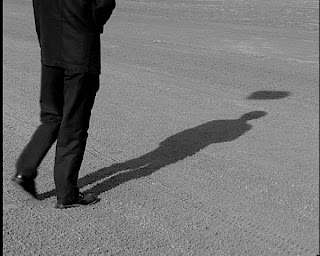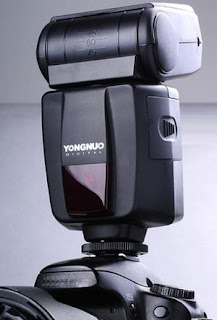
Avoid Double Shadows and Double Catchlights
Adding a fill light can pose two problems. If placed too close to the subject or is too intense, the fill light will produce its own set of specular highlights that show up in the shadow area of the face, making the skin appear excessively oily. To solve the problem, move the camera and light back slightly or move the fill light laterally away from the camera. In many cases, the fill light also creates a second set of catchlights in the subject’s eyes. This gives the subject a directionless gaze, so these catchlights are usually removed in postproduction. When using a large diffused fill light, there is usually not a problem with dual catchlights. Instead, the fill produces a large, milky highlight that is much less objectionable.
Understand Lighting Ratios
The term “lighting ratio” describes the difference in intensity between the shadow and highlight side of the face. It is expressed numerically: 2:1, 3:1, etc. In the studio, one can control the ratio precisely; in the field, your goal should be more general. Is there detail in both important highlight and shadow areas? Are the shadow areas too dark and lifeless? With digital, one can inspect the lighting by firing a few test frames. (This is particularly important when using flash, since you cannot see lighting effect with the naked eye.) Professionals should also carry an incident
flash meter, which also measures ambient light. From the subject position, you can then measure the highlight side of the face separately from the shadow side of the face, thus determining the difference between the two and thus the effective lighting ratio.
In a 2:1 lighting ratio, the main and fill light sources are the same intensity. A 3:1 lighting ratio is produced when the main light is one stop greater in intensity than the fill light. In a 4:1 ratio, the main light is 11/2 stops greater in intensity than the fill light. In a 5:1 ratio, the main light is two stops greater than the fill light.
Avoid Overlighting
In setting the lights, it is important that you position them gradually, studying the effect as you aim each additional source at the subject. If you merely point the light directly at the subject, you will probably overlight the person, producing pasty highlights with no detail. Instead, feather the light so that you employ the edge of the light to illuminate the subject. This will add brilliance to your highlights, enhancing the illusion of depth. (Note: Sometimes feathering won’t produce the desired highlight brilliance. If this happens, making a lateral adjustment to the light or moving it back from its current position will usually rectify the situation.)


